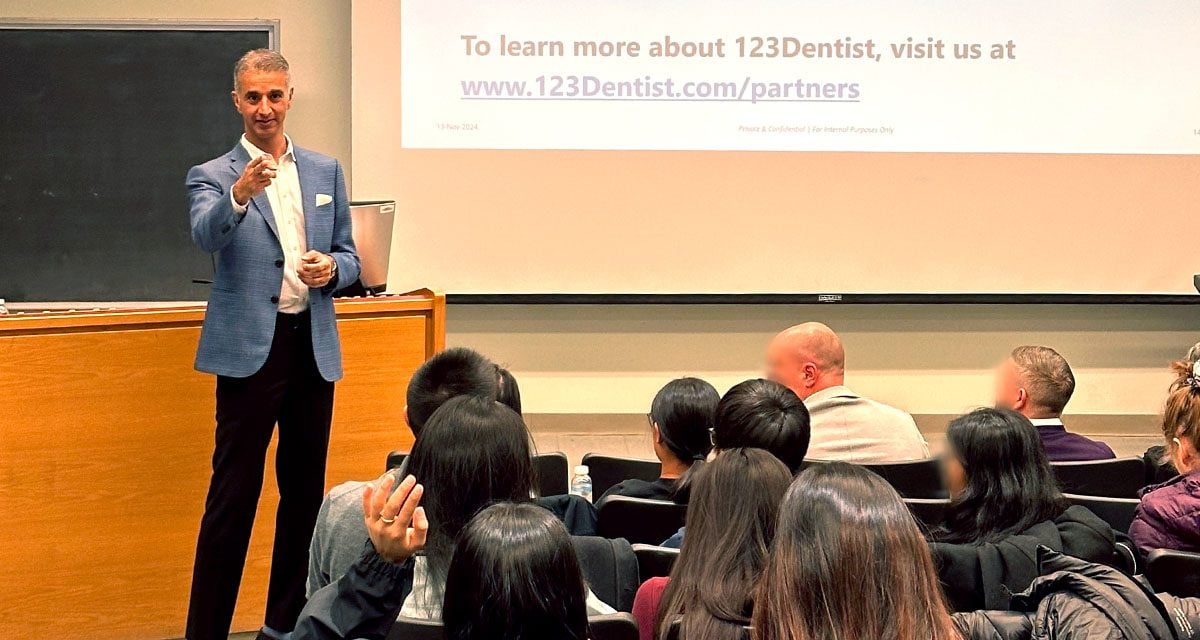Plaque is a sticky, soft deposit that sticks onto your tooth and gives it that “fuzzy” feeling. Plaque is colorless and often goes undetected, which can cause oral health concerns such as tooth decay and gingivitis.
How does plaque develop?
Saliva and food combine to produce plaque deposits that collect onto your teeth. Plaque usually collects in areas that are easily overlooked because they are hard to reach. When carbohydrates and sugars are left on your teeth for a long period of time, they can form into plaque. Over time the plaque wears down the enamel, or the surface of your tooth.
How can you control plaque build-up on your teeth?
Brush and floss your teeth—regularly cleaning the surfaces of your teeth is an important step to dealing with plaque. The tip of your toothbrush or your floss can remove the plaque build-up on your teeth before it causes any permanent damage. Brushing and flossing can also help you reach the back of your teeth and in between your teeth so you can clean the hard to reach places that are most prone to plaque build-up.
Eat a healthy balanced diet—consuming certain foods that are high in sugar leads to a higher likelihood of the sugar getting stuck to your teeth and causing plaque build-up. Examples of these types of foods are milk, honey, sugar, and ice cream. Eating a balanced diet ensures that you consume a healthy amount of sugar so your body and mouth can remain healthy.
Dry mouth—a lack of saliva in your mouth affects your body’s ability to wash away the plaque on your teeth. A dry mouth can occur for a number of reasons including medication, dehydration, medical diseases or infections, or smoking. If you feel that your mouth is dry, visit your dentist today to get tips on how you can prevent it from happening in the future.
Damaged gums—over time, plaque can harden into a substance called calculus or tartar. This hardened substance can form around the gum line, causing the gums to get irritated, which can lead to gingivitis. To avoid this, make sure you regularly clean your teeth and brush at a 45 degree angle near your gums to make sure that the bacteria and plaque does not sit at your gum line for too long.
See your dentist regularly—during your regular cleaning appointments, your mouth gets thoroughly cleaned. Part of your cleaning appointment includes your hygienist going over each teeth and getting rid of any plaque build-up. After your cleaning appointment, your teeth will be stronger and better equipped for any bacteria or plaque that comes your way.
123Dentist.com can help you get rid of your plaque! Visit a 123Dentist.com location nearest you for a cleaning today.






